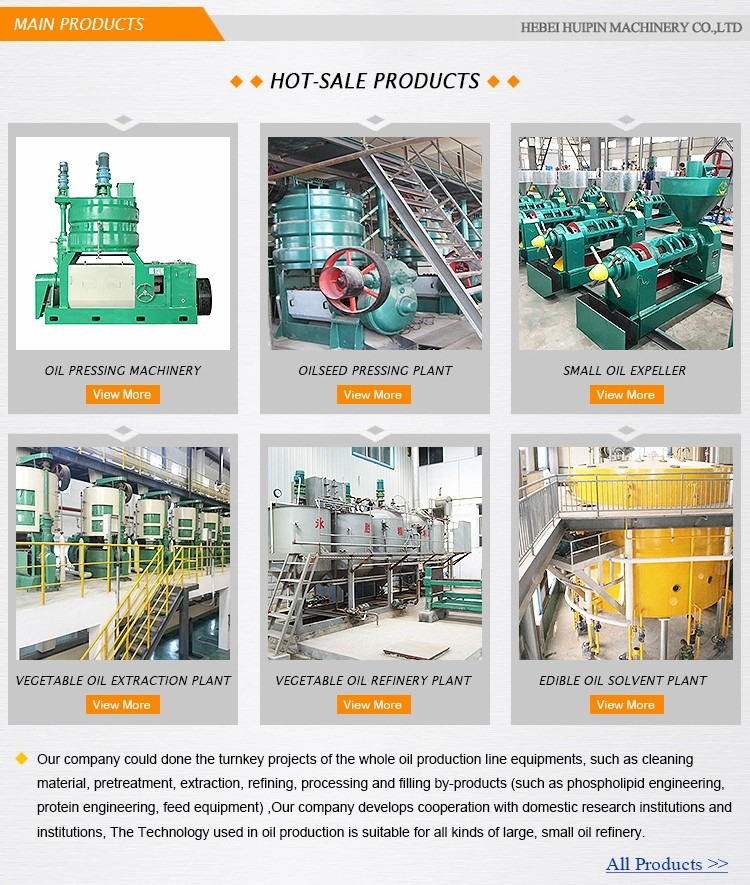நவ் . 14, 2024 11:03 Back to list
neem seed oil production line
The Neem Seed Oil Production Line A Sustainable Approach to Natural Oil Extraction
In recent years, the demand for natural oils has surged as consumers become increasingly aware of the benefits of using organic products. Among these oils, neem seed oil has garnered significant attention due to its numerous applications in industries ranging from cosmetics to agriculture. The production of neem seed oil involves a comprehensive line, encompassing the entire process from seed extraction to final oil refinement. This article explores the essential components and processes involved in a neem seed oil production line, emphasizing its sustainability and efficacy.
1. Sourcing Neem Seeds
The production line begins with the collection of neem seeds, which are harvested from the neem tree (Azadirachta indica). Known for its resilience and adaptability, the neem tree thrives in tropical and subtropical regions. Sustainable sourcing practices are crucial during this phase to ensure that the harvesting does not negatively impact the local ecosystem. Farmers can collect neem seeds as part of an agroforestry system, where neem trees are integrated with other crops, promoting biodiversity and soil health.
2. Cleaning and Preparation
Once harvested, the neem seeds undergo a thorough cleaning process to remove impurities such as dirt, leaves, and other foreign materials. This step is vital to ensure a high-quality oil product. After cleaning, the seeds are dried to reduce moisture content, which is essential for effective oil extraction. Proper drying also prevents mold growth and prolongs the shelf life of the seeds.
neem seed oil production line

The next stage in the production line is oil extraction, which can be accomplished through various methods, including cold pressing and solvent extraction. Cold pressing is the most sustainable method, preserving the oil's natural properties and ensuring that the extracted oil retains its beneficial compounds. In this method, the seeds are mechanically pressed to release the oil without the use of heat, thereby maintaining its purity. Solvent extraction, while more efficient in terms of yield, raises concerns regarding residual solvents in the final product. Thus, cold pressing is often preferred for organic and natural product markets.
4. Filtration and Refinement
After extraction, the crude neem seed oil is subjected to filtration to remove any remaining seed particles and impurities. This process is critical for achieving a clear, high-quality oil. Depending on the intended use of the oil, additional refining steps may be incorporated. For cosmetic applications, further deodorization and bleaching may be necessary to enhance the oil's appeal. However, care must be taken to retain the oil's beneficial properties during this refining process.
5. Packaging and Distribution
The final step of the neem seed oil production line involves packaging the oil in suitable containers that protect it from light and air, thus preventing oxidation and spoilage. Packaging plays a significant role in branding and marketability, especially in eco-conscious markets. Sustainable packaging solutions, such as recyclable or biodegradable materials, are increasingly preferred by consumers.
Conclusion
The neem seed oil production line represents a sustainable approach towards natural oil extraction, benefiting both consumers and the environment. By adhering to sustainable practices throughout the production process, manufacturers can ensure that they deliver high-quality neem seed oil while promoting ecological integrity. As the market for natural oils continues to expand, the neem seed oil production line is poised to play a significant role in meeting consumer demands while championing sustainable agricultural practices.
-
High-Efficiency Physical Oil Refining Unit - Leading Exporters & Trusted Companies
NewsJun.10,2025
-
High-Efficiency Animal Oil Refining Machine - Leading Exporters & Reliable Companies
NewsJun.10,2025
-
Camellia Oil Mill Machine for Efficient Oil Extraction Leading Exporters & Companies
NewsJun.10,2025
-
Premium Pressing Shaft for Oil Press Machines Exporters
NewsJun.10,2025
-
High-Efficiency Centrifugal Filters Durable Industrial Separation
NewsJun.10,2025
-
Top Neem Seed Oil Press - Efficient, High-Yield Extraction Solutions
NewsJun.09,2025
